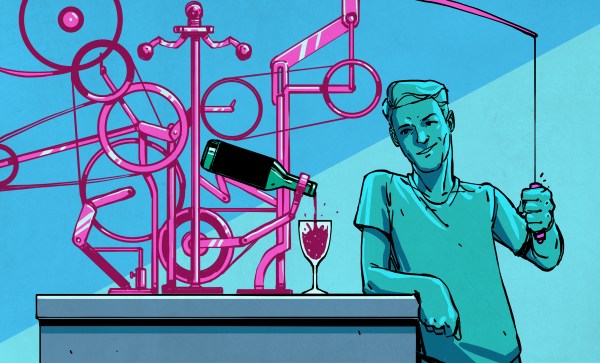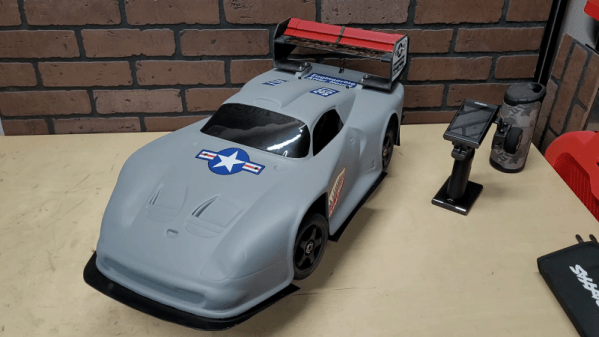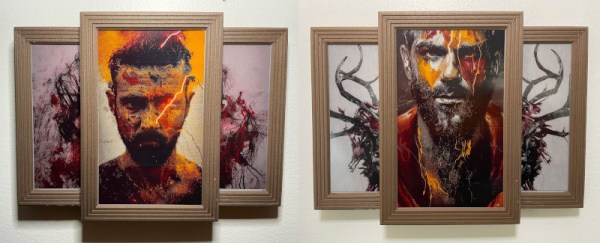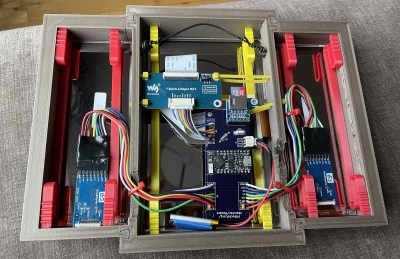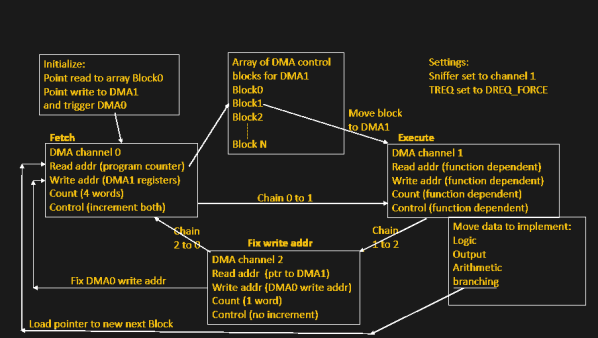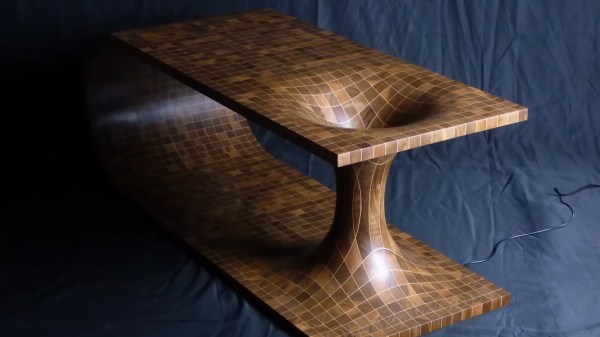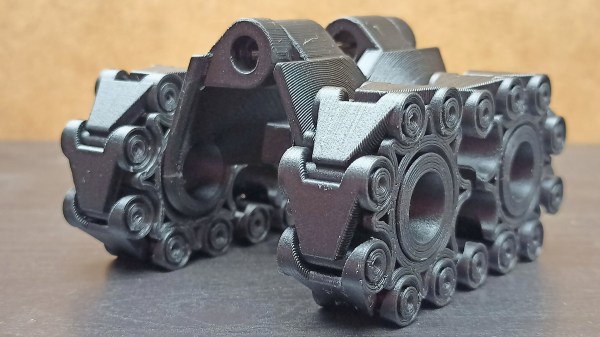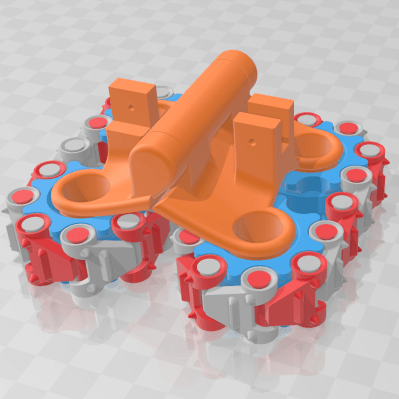DRS, or the Drag Reduction System, has become a key part of Formula 1 in the past decade. [Engineering After Hours] decided to implement the same system on an RC car instead.
The DRS system was implemented in Formula 1 to increase passing in the series. By moving a flap in the rear wing of the race cars, drag could be reduced, allowing a car to attain a higher top speed on the straights. The racing series limited the activation of the DRS wing to only cars following closely behind another. This artificially enabled them to gain a speed boost over the car in front to aid passing.
[Engineering After Hours] wanted to see if a tiny wing on a small RC car could work the same way. It would fundamentally come down to whether moving a tiny wing element would appreciably change the car’s drag or not. Naturally, on such a small scale, attaining high speeds would be necessary to detect much difference. At lower speeds, the difference in drag would likely be too negligible to notice.
The RC-scale DRS system fundamentally does work. With DRS engaged, flattening out the rear wing elements noticably reduced downforce at the rear. With the DRS not engaged, though, the rear wing on the car was creating so much downforce that the car was squatting at the rear and occasionally flipping end over end. [Engineering After Hours] didn’t get any top speed measurements, but estimated that the wing could potentially increase top speed by up to 7 mph with the DRS enabled.
We’ve seen [Engineering After Hours] bring other fun motorsport tech to RC cars before, too, like this amazing fan car build.
Continue reading “RC Car Gets F1-Style DRS Rear Wing” →

